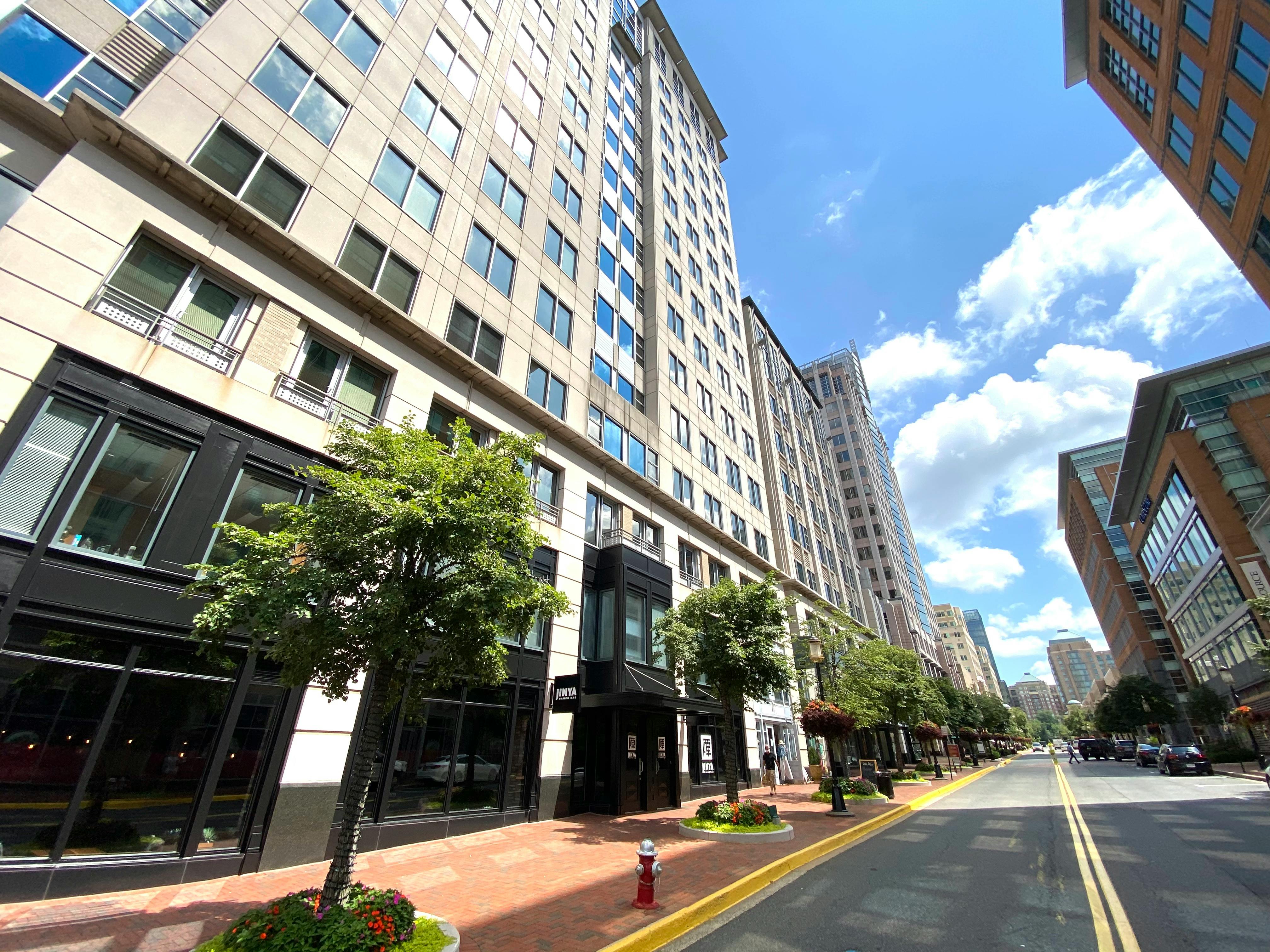
Introduction
Over the past few decades, homeownership in the UK has significantly transformed, becoming increasingly expensive to the point of inaccessibility for many. This sharp increase in property prices has left prospective homeowners questioning the cause of this steep surge. In the discussion that follows, we dive deep into understanding the rising costs of homeownership in the UK, while providing insights and an in-depth analysis of the factors contributing to this trend.
The Rising Tide of Homeownership Costs in the UK
Historically, homeownership was a relatively attainable milestone for many Britons. But that reality has morphed dramatically, especially in the last few decades. Specifically, in 1997, the average house price in the UK was about £55,000. By 2020, this figure had soared to nearly £230,000, reflecting more than a fourfold increase.
These alarming statistics raise a vital question: when and why did buying a house become so expensive?
To answer this question, we need to delve into the complexities of the housing market, considering numerous economic and social factors. The exorbitant escalation in house prices, especially since the late 90s, appears to be the product of several simultaneous influences.
Factors Driving the Escalating Homeownership Costs
The major contributors to the rise in homeownership costs in the UK can be divided into demand-side and supply-side factors, along with a regulatory environment that also plays a significant role.
Demand-side Factors
On the demand side, factors like population growth, migration, changes in household composition, higher incomes, and increased access to credit can inflate house prices. As the UK has witnessed robust population growth and significant inward migration in recent decades, it has put pressure on the housing market. Additionally, smaller households due to changes in family structures have raised the demand for housing.
Furthermore, UK residents have seen a rise in disposable incomes and easier access to mortgage credit in the last few decades. These aspects have empowered more people to enter the housing market, hiking up demand and thereby, prices.
Supply-side Factors
Unfortunately, while housing demand has surged, supply has struggled to keep up, thus inflating prices. The supply-side factors contributing to rising prices include the unavailability of land for construction, planning restrictions, and the rising costs of building materials and labor.
The UK, particularly in urban areas, suffers from a scarcity of land. Additionally, strict planning regulations and controls tend to restrict the volume of new-build housing. These limitations, coupled with a rise in building costs, hinder the creation of new affordable homes.
Regulatory Environment
Government policies and regulations, too, influence housing costs. Over the last couple of decades, an array of government incentives, such as the Help to Buy scheme, have aimed at encouraging homeownership. While well-intentioned, these initiatives may inadvertently push up prices as they inflate demand without equally boosting supply.
Addressing the Imbalance: Pathway to Affordability
The solution to the UK's escalating homeownership costs is not straightforward. It requires a multipronged approach, balancing demand and supply while considering the far-reaching impact of government regulatory policies. Building more houses, easing planning constraints, managing credit availability, and reviewing government housing policies could all form part of strategy aimed at curbing the unsustainable rise in home costs.
In conclusion, the surge in homeownership costs in the UK is the result of a complex interplay of various factors. Addressing this issue is critical to ensuring that the dream of homeownership remains within reach for future generations. As we continue to navigate this issue, it's evident that an understanding of these underlying causes is the first step towards devising effective solutions.
Conclusion
The spiraling costs of homeownership in the UK pose a pressing dilemma for individuals, families, and policymakers alike. The issue embodies a blend of socio-economic and regulatory factors that collectively contribute to the formidable house prices seen today. Mitigating the rising costs and creating sustainable housing affordability will undoubtedly require considerable effort, ingenuity, and collective commitment. With an understanding of the underlying factors at play, there's hope that viable solutions can be found and implemented to ensure homeownership remains an attainable goal for all UK residents.